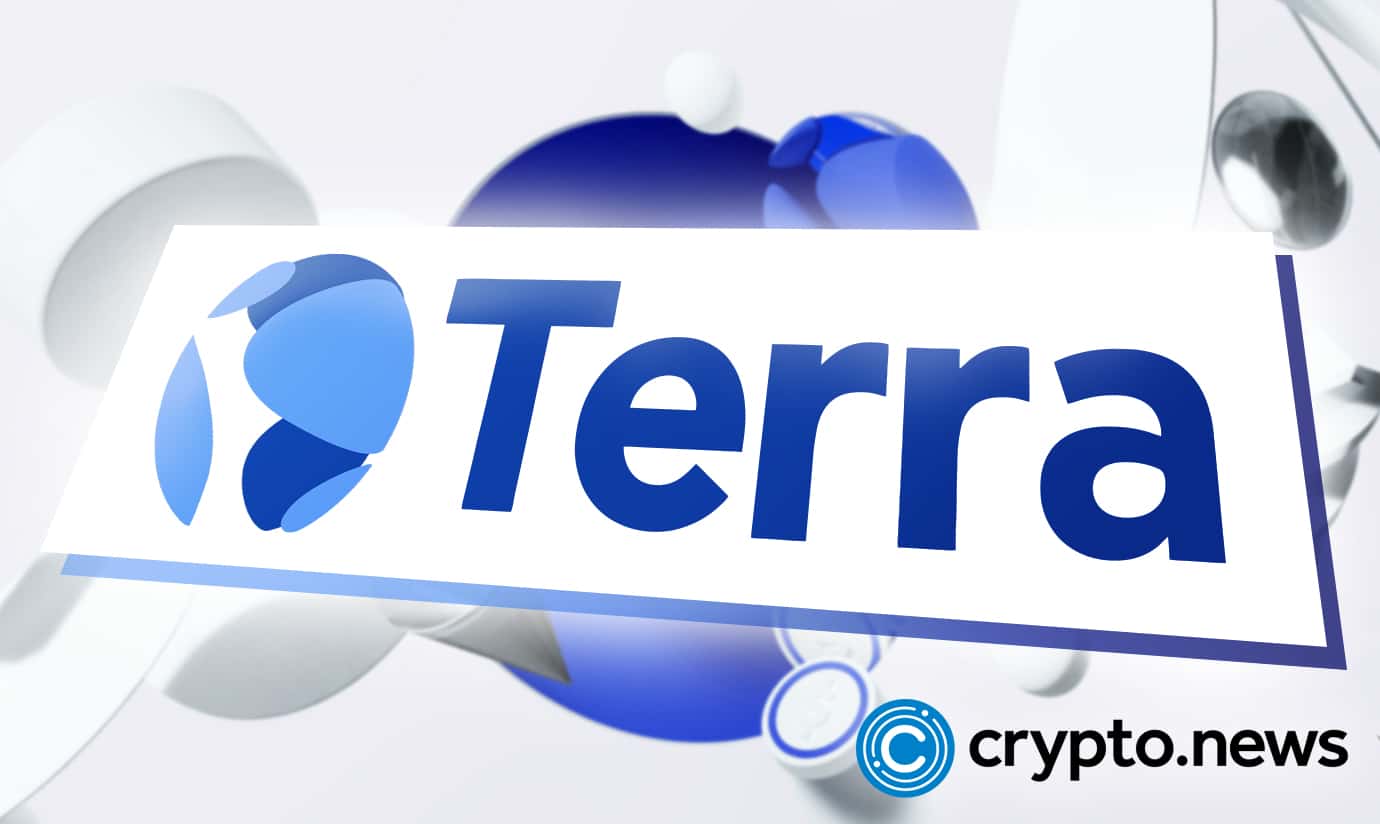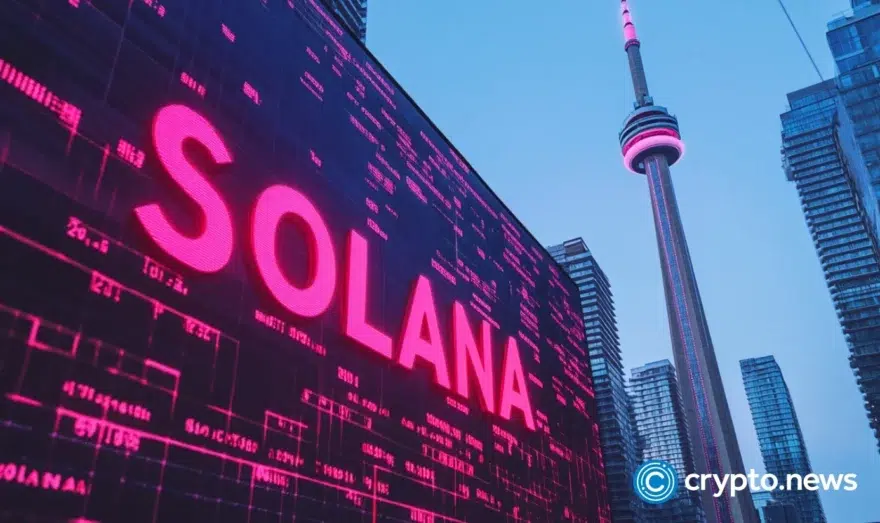TerraUSD (UST) Becomes Third Largest Stablecoin

TerraUSD (UST), the most popular stable currency in the Terra ecosystem, has now become the third-largest stablecoin in the cryptocurrency market. This comes amid continued efforts by Terra to prop up the backing for its flagship stablecoin within the ongoing expansion of stable currencies across the market.
The Road to $17.5 Billion for UST
According to CoinGecko, UST has achieved a market capitalization north of $17.5 billion making it the 13th largest crypto by that metric. This milestone also means that Terra’s UST is now the third biggest stablecoin behind market leaders Tether (USDT) and Circle’s USD Coin (USDC).
UST’s recent meteoric rise in market capitalization has pushed Binance’s BUSD stablecoin out of the top-three ranking for stable currencies. However, as pointed out by Beijing-based crypto reporter Colin Wu, despite being higher in market capitalization, UST only has about 20% of BUSD’s volume.
The feat also marks another indication of Terra’s continued growth among the Layer 1 networks that currently have functioning decentralized finance (DeFi) ecosystem.
Such is the growth UST that Terra has taken steps to ensure robust backing for the algorithmic stablecoin. As previously reported by crypto.news, Terra under the auspices of the Luna Foundation Guard has been buying up collateral backing for UST, usually in the form of Bitcoin (BTC).
These purchases are said to provide further backing for UST to ensure that the stablecoin will retain its $1 peg even in the event of severe market conditions. As an algorithmic stablecoin, Terra burns Luna to mint UST. Thus, a death spiral in the price of Luna could lead to UST becoming depegged, hence the decision by the likes of the LFG and Terraform Labs CEO Do Kwon to embark on a massive collateral acquisition spree.
Kwon even recently accepted multiple wagers from Luna critics that the crypto will stay above $88 by March 2023.
Stablecoin Wars Heat Up
Kwon and Terra are not the only ones attempting to prop up their stablecoin’s collateral reserves as reports indicate that Frax Finance may also do the same for its FRAX stablecoin. Frax is reportedly looking to buy up major cryptos of blockchains that support its stable currency.
The idea Frax says is to promote a symbiotic relationship between these Layer 1s and its FRAX stablecoin. Networks with higher FRAX transaction volumes will occupy a greater share of the collateral reserves. This will in turn have a positive effect on the demand for the native tokens of these Layer 1s.
If these plans proceed as stated, then the stablecoin wars could transition from the DeFi stage that encompasses different protocols to the Layer 1 stage across major blockchains.
While algorithmic stablecoins only ever held other stable currencies in their collateral reserves, the trend appears to be shifting towards embracing more volatile cryptos. Such a move likely indicates increasing monetary velocities for these stablecoins as they continue in their expansion phases.
However, some critics say a prolonged bear winter in the crypto space could make such moves catastrophic for these stablecoins.














